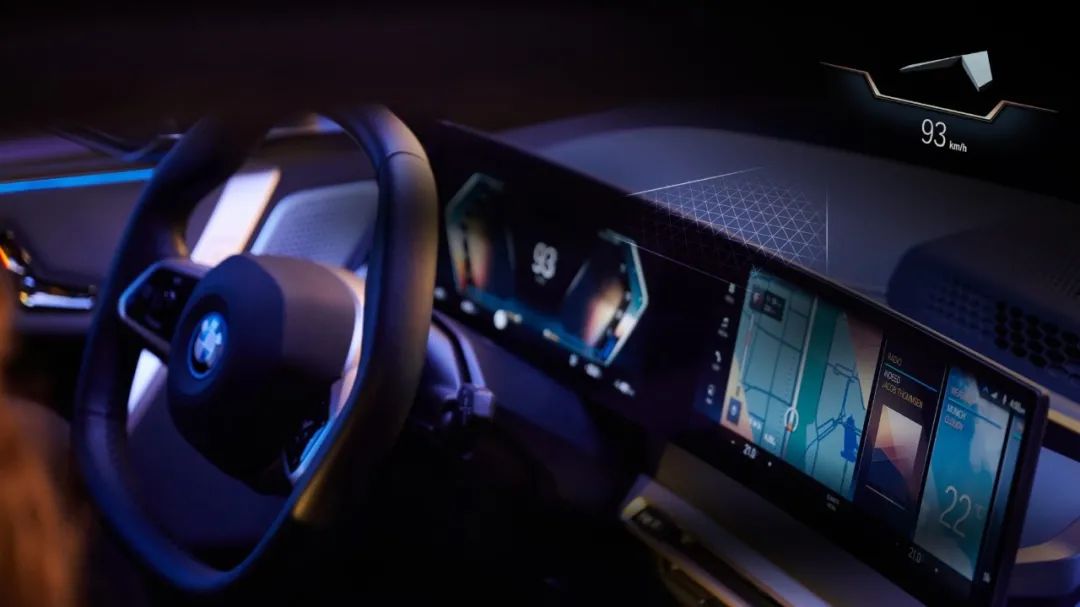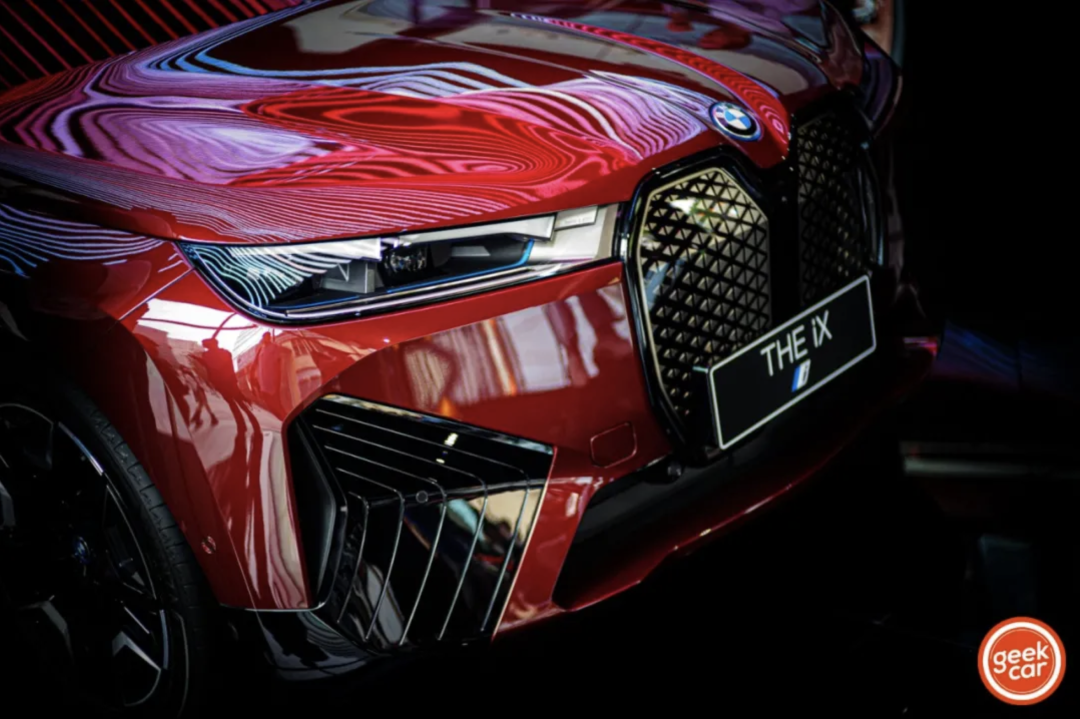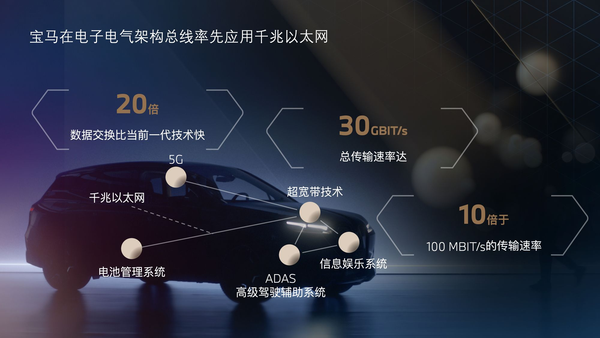What hardware does a good advanced driving assistance system need?
First, a set of advanced electronic architectures is necessary, with 5G Tbox sensors being essential. Immediately access high-precision map data when going out, and vehicle-road coordination and V2X are effortless. Of course, single-car smart hardware must also keep up comprehensively, installing as many 800 million-pixel high-definition cameras, panoramic cameras, ultrasonic radar, and millimeter-wave radar as possible. Finally, a set of 1000+ TOPS chip combinations is needed. Without these, it is hard to say that you own a smart car.
The scene in “Big Shot” where Li Chengru uses the development of intelligent driving assistance functions is spot on. In today’s market, many automakers only provide users with L2 level driving assistance abilities but dream of L5.
Users should not be the victims of the “arms race” between car companies. The cost price of a laser radar is around 1000 dollars, and the cost of high-computing chips is still high. In reality, these high-precision and advanced hardware configurations do not bring users any functional upgrades.
If we go back to the beginning of 2020, when China’s intelligent vehicles were just in their embryonic stage, criticizing traditional car companies from lagging behind was a popular discussion online. It’s time to calm down now, and in this environment of disordered competition, we can turn our attention to traditional luxury car companies. Perhaps the most suitable advanced driving assistance functions and hardware combinations for today’s driving needs can be found on BMW iX.
The ability to rapidly transfer data is fundamental
The innovative BMW iX has revolutionized the underlying architecture and is the world’s first high-end vehicle to utilize 5G internet technology, as well as being the first to incorporate gigabit Ethernet technology. The maximum data transfer rate within the vehicle is approximately 30Gbit per second, 10 to 20 times faster than currently available vehicles.
Throughout the traditional automotive industry, “speed” has always been an important criterion for evaluating a car’s quality. The shorter a car’s acceleration time, the higher its market price. From civilian vehicles to performance cars, racing cars, and racers, consumers are willing to pay more to enjoy the most basic driving pleasure. In the era of smart cars, “speed” has evolved from the displacement of an object in units of time to the transmission time of bytes within data packets.
So, what can faster transmission speeds bring to users? The answer is more stable auxiliary driving capabilities and a safer travel experience.
When the user activates the auxiliary driving function, all sensory hardware within the vehicle will enter a cooperative working state. For example, when the adaptive cruise function is enabled, if the radar and camera detect that the leading car has made a braking action, a signal will be sent to the intelligent driving control domain controller, and the domain controller will then process the information and issue action instructions to the vehicle control unit to execute the corresponding actions.

BMW has always been the leader among traditional car companies in this regard, and its speed of reform is no less than that of the current popular new force car companies.
The Perfect Combination of Sensory Hardware
In terms of sensor layout, the innovative BMW iX model is equipped with an 8 million pixel front camera and a front radar system with a monitoring range of up to 300 meters. Its intelligent environmental perception system consists of five cameras, five radar sensors, and twelve ultrasonic sensors.
With sufficient hardware conditions, the innovative BMW iX brings users a new driving assistance and parking assistance system. The latest steering and lane tracking assistance system is suitable for a wider range of traffic environments. This system can be activated when the vehicle speed is less than 200 km/hour, and it locates the vehicle according to the lane marking and front vehicle to provide support to the driver through steering correction, ensuring that the vehicle always stays in the current lane and ensuring driving safety. Facing narrow spaces or dead ends that are difficult to turn around, drivers can also use BMW’s unique 50-meter trace-back parking assistance function to get out of trouble.Meanwhile, the BMW iX is equipped with a traffic congestion assistant function. When the vehicle is traveling at a speed not exceeding 60km/h on highways or similar roads, the driver can activate this function according to the prompt information in the combination instrument. After the function is enabled, the system will use the preceding vehicle and lane lines as references to keep the vehicle within the lane and achieve automatic following, effectively relieving the driving burden of the driver in congested and low-speed road conditions.
This function is an “offhand and foot off” auxiliary driving function, but the driver still needs to look forward, and the DMS (driver detection system) above the steering wheel will detect the driver’s gaze. When the driver’s sight leaves the traffic situation ahead, there will be a sound warning and a message prompt in the combination instrument to ask the driver to pay attention to the traffic situation. When the related conditions such as road conditions do not meet, this function will be exited.
When the driver cannot continue to drive, the emergency parking assistant can be activated by using the electronic parking system button. After the function is activated, the vehicle will brake urgently and maintain its current lane, turn on the hazard warning lights, and send an emergency call containing location information to reduce the risk of accidents.
In addition to the service-assisted driving function, the innovative perception hardware of BMW iX can also bring convenience to daily driving, improve the discomfort caused by energy recovery, especially for users who are transitioning from traditional fuel vehicles.Combining with intelligent driving perception hardware, the innovative BMW iX is equipped with an integrated brake control system to assist in energy recuperation. The system can predict the distance between the vehicle and the front vehicle or obstacle through the high-definition front camera and radar sensor installed on the vehicle, and adjust the braking force for energy recuperation when the driver releases the accelerator. When the vehicle detects that the front vehicle is too close, it can increase the braking force for energy recuperation to help brake when the driver releases the accelerator. When there is no vehicle in front, the vehicle will reduce the braking force for energy recuperation, giving the user a similar gliding feeling as that of a fuel-powered vehicle.
5G Interconnectivity
Laying the Foundation for V2X Communications
As we have discussed, both the underlying architecture and perception hardware belong to the single-vehicle intelligent stage. On the road to higher-level autonomous driving, vehicle-to-everything (V2X) communication is a necessary capability, and vehicle-road cooperation is also an inevitable development direction. As the first traditional luxury brand with a 5G TBOX equipped, the BMW iX has the ability to connect with the outside world and fully respond to the potential changes in the autonomous driving industry.
As a vehicle-to-everything sensor, the 5G TBOX’s main function is communication, allowing vehicles to exchange information with all road participants, such as slowing down when encountering a red light ahead or obtaining information about traffic congestion in advance. Although vehicle-road cooperation is still in the rapid development stage and there is still a long way to go in infrastructure construction, some basic functions can be implemented through OTA updates soon.
Conclusion
Compared with the aggressive new vehicle companies, BMW’s approach in assisted driving is more reasonable. Its century-old experience in car manufacturing and technological reserves allow BMW to respond to the intelligent transformation of the automotive industry more calmly, without using new stories to attract capital or letting users pay for their “madness.”









